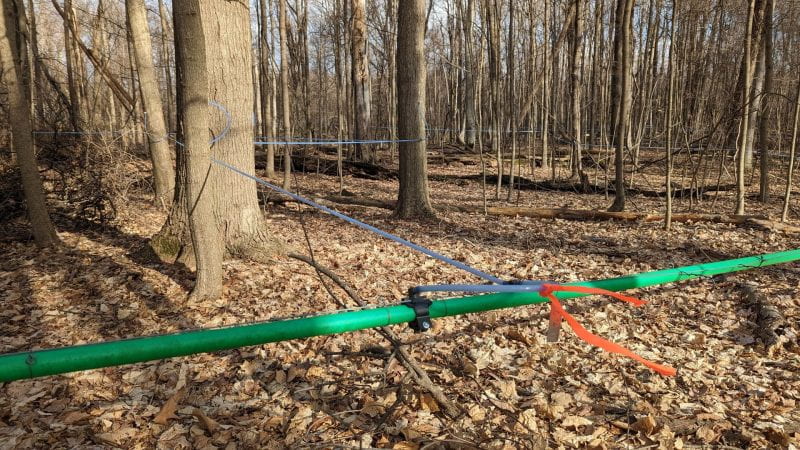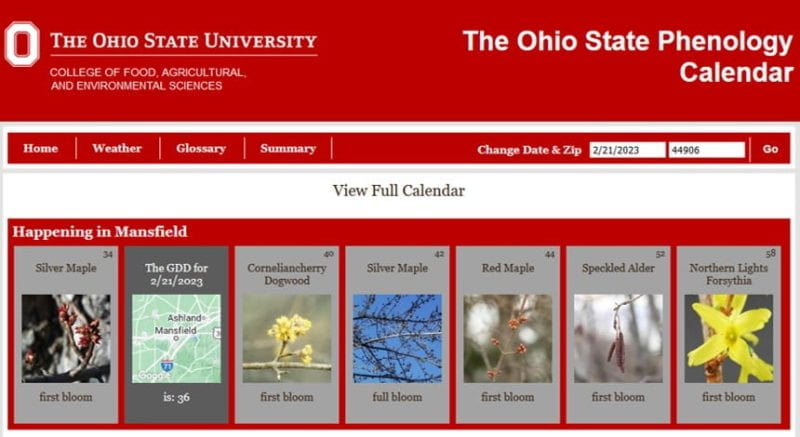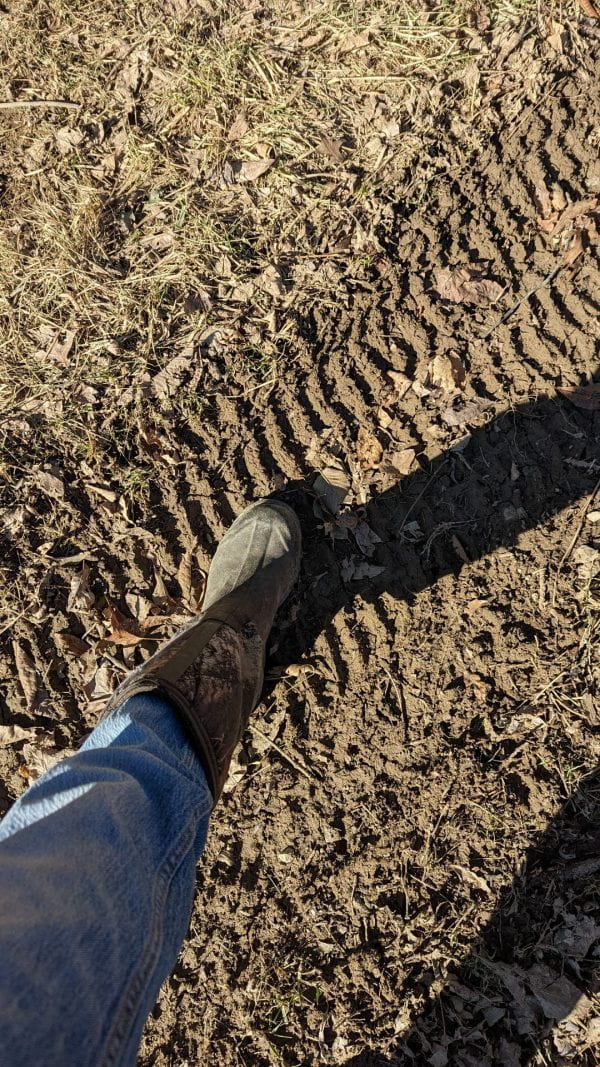June’s REVIEW piece is going to come with a request, but first the topic – spotted lanternfly. The main question of course is this – will spotted lanternfly impact sugarmakers? The answer put simply and to quote Brian Walsh from Penn State University’s Extension team, “we don’t know, we don’t know, we don’t know.” While that answer may not be comforting or assuring, it is absolutely certain that lots of work is being done to pursue better answers and there is plenty you can be doing as an individual producer to get ready for your likely “not if, but when” encounter with the invasive spotted lanternfly. Why do I say “not if, but when”? Look at this distribution map sourced from New York State’s Integrated Pest Management website. Spotted lanternfly moves with efficiency and moves with coverage. I don’t see many holes within the infested range where it has not been found.
“Impacts of short-term feeding by spotted lanternfly on ecophysiology of young hardwood trees in a common garden” was published in 2022 by Emily Lavely and a team of researchers among whom the aforementioned Brian Walsh is a co-author. The paper can be found in the journal Frontiers in Insect Science.
Here is a webinar recorded through Penn State University last November that spotlights some of the key findings from this paper as it relates to maples and maple sugarmaking. The recording is pushing 2 hours long, but the meat and potatoes of how this research experiment fits in to our current understanding of how spotted lanternfly impacts maples can be found between the 41:00-48:00 minutes mark.
Before I summarize the relevant take home message from the Lavely et al. study, it is worth noting that the experiment used small sapling-sized trees to document the following findings. What would those findings have looked like if similar work was conducted on larger diameter tapping-sized trees? In a nutshell, some short-term intense feeding by spotted lanternfly in the autumn impact stored sugars in silver maples immediately, but has no near-term effect on red maples. Looking at the following spring after overwintering, silver maples rebound but the red maples in the study showed sugar reductions of up to 40%. Unfortunately, sugar maples are an even larger question mark, but a fall feeding preference list for spotted lanternfly definitely includes the perennial gold standard species for making maple syrup.
So, what can you do in the near-term to brace for impact, be a tiny part of the solution, and be a first observer/reporter for your area? Here are 3 practical things to consider.
1st – Learn how to identify tree-of-heaven (Ailanthus altissima) and CONTROL it. Tree-of-heaven sits atop the summer feeding preference list for spotted lanternfly and is an excellent (or terrible, depending on your perspective) location to observe spotted lanternfly. Tree-of-heaven is an invasive species in its own right and is notoriously aggressive and difficult to eradicate. The Ohio Invasive Plants Council has a nice fact sheet that can help you learn how to identify tree-of-heaven, here’s the Ailanthus control sheet from Woodlands Stewards, and Rutgers University has another fantastic resource for how best to control this non-native pest. Your first action item in short – identify tree-of-heaven and do your best to eliminate it. By eliminating the preferred host for spotted lanternfly summer feeding, you reduce the chance of your nearby maples being next on the menu when autumn arrives.
2nd – Indicate your support to the IR-4 project that you want to see more spotted lanternfly research conducted focused on potential impacts to maple and maple syrup production. This requires you logging on to a website and formally indicating your support, but please scroll down to the bottom of this post and follow 6 quick and simple steps to engage IR-4 and put this topic front and center on the funding agency’s radar for the next round of awards issued in September. Again, to hear more about this why IR-4 mechanism is so crucial, listen to minutes 41-48:00 on the Penn State webinar linked here.
3rd – Keep your eyes out for spotted lanternfly and report suspected observations immediately. Here is a current map of Ohio counties with known spotted lanternfly infestations. You can link to the Ohio Department of Agriculture’s reporting hotline through this ODNR webpage. While most press releases show the adult winged spotted lanternfly, detections during the hottest summer months are more likely to be the nymphal stages (shout out to NCSU, my alma mater for the nice graphic below). Being on the front line of early detection helps ensure agencies can respond as quickly as possible to new outbreaks and share information as effectively as possible.
6 Simple Steps to Support Spotted Lanternfly Research through IR-4.
1) Visit this link: https://ir4app.cals.ncsu.edu/Ir4FoodPub/IS_Search
2) Click the down arrow on the upper-left yellow box labeled ‘IS Number’ and select the option ‘IS00441’
3) This will auto-populate Brian Walsh’s research proposal to pursue effective and safe spotted lanternfly controls on the bottom part of the screen. Click the live link ‘IS00441’ under the box “SUPPORTING/SIMILAR REQUEST”
4) You will be transferred to a new page where you should enter your email address and go through the verification code process as directed. You will be given the option to register for future use, or to not have your information saved for future use. Your choice here does not impact your ability to voice support for this project.
5) Enter more information about yourself (enter “Individual Maple Producer” under Affiliation if you’re unsure how to fill in that field)
6) Finally, comment into the “Additional Reason for Need” box and click Submit. The text box has a small character limit that won’t allow you to type more than a couple complete sentences. This is what I submitted, feel free to copy-paste or create your own short indication of support.
Spotted lanternfly (SLF) is poised to impact maple producers, particularly those producers with a prevalence of red and silver maples in their sugarbush. Many Ohio maple producers fit this scenario and need options to combat SLF in order to preserve profitability and tree/forest health.
For more information: Look back at posts recapping Amy Stone’s presentation at 2021’s Ohio Maple Days on spotted lanternfly: Part 1, Part 2.
















